In the fast-paced world we live in, sore muscles have become an unwelcome companion for many. Whether you’re an athlete pushing your limits or someone with a demanding desk job, muscle soreness can hinder your daily activities. Enter the massage gun – a revolutionary device that’s changing the game when it comes to alleviating muscle pain and promoting recovery. In this comprehensive guide, we’ll explore the benefits of using a massage gun on sore muscles and provide you with tips on how to maximize its effectiveness.
What is a massage gun?
A massage gun, also known as a percussion massager or percussive therapy device, is a handheld electronic tool designed to deliver targeted muscle massage and relief. It typically consists of a handle and a vibrating head that oscillates back and forth at high speeds, delivering rapid pulses of pressure deep into the muscles.
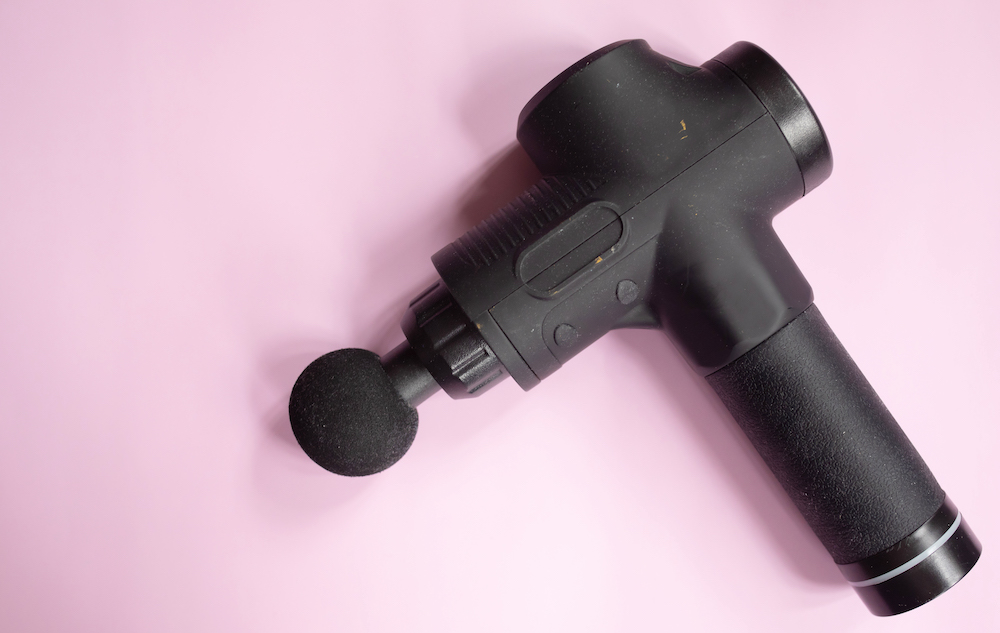
Massage guns are often used by athletes, fitness enthusiasts, and individuals seeking relief from muscle tension, soreness, and stiffness. They are designed to mimic the tapping or percussion techniques used in traditional massage therapy, but in a more convenient and portable form.
Massage guns come with various speed settings and interchangeable massage heads to target different muscle groups and areas of the body. The rapid pulsations generated by the massage gun help stimulate blood flow, break up muscle knots and adhesions, and promote relaxation and recovery.
These devices have gained popularity for their ability to provide quick and effective muscle relief, whether before or after workouts, during recovery periods, or for general relaxation purposes. However, it’s essential to use massage guns responsibly and avoid applying excessive pressure or prolonged use in sensitive areas to prevent injury. Consulting with a healthcare professional or physical therapist before using a massage gun is recommended, especially for individuals with pre-existing health conditions or injuries.
The science behind muscle soreness
Before delving into the benefits of massage guns, it’s essential to understand why our muscles get sore in the first place. Intense physical activity, new exercises, or even poor posture can lead to microscopic damage to muscle fibers. This damage triggers inflammation and the release of chemicals that activate pain receptors, resulting in that familiar soreness.
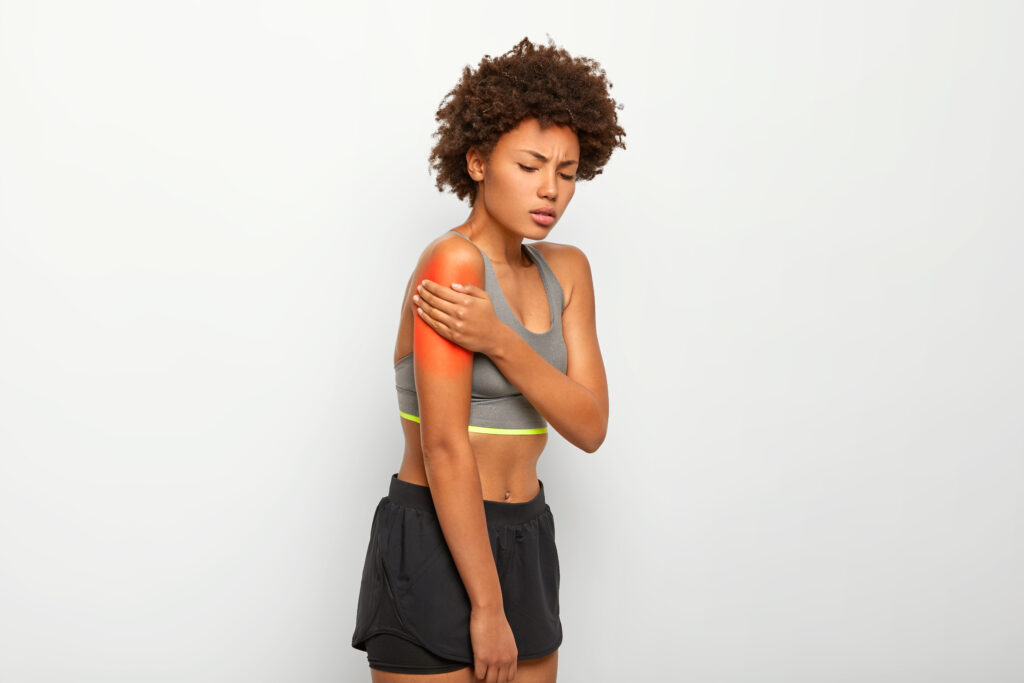
How a massage gun works
Massage guns, also known as percussion massagers, utilize percussive therapy to target sore muscles. These devices deliver rapid pulses of pressure into the muscle tissue. Promoting increased blood flow, reducing inflammation, and breaking up muscle knots or adhesions. The result? Quicker recovery and reduced muscle soreness.
Benefits of using a massage gun on sore muscles
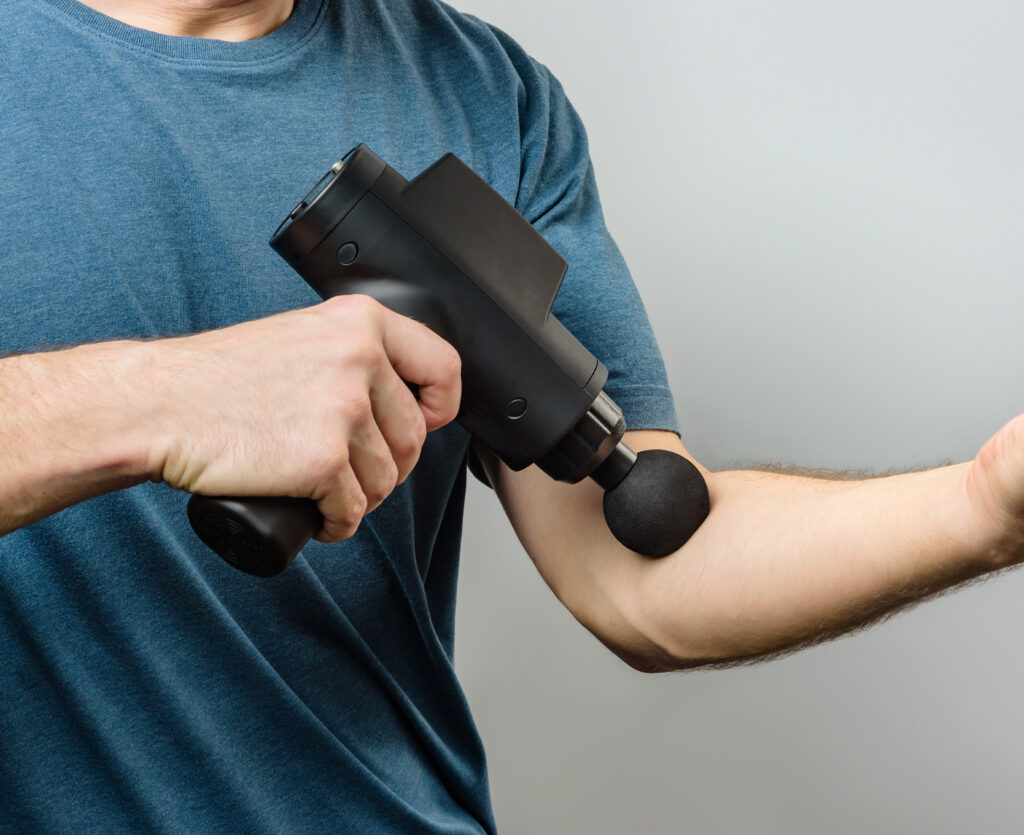
1. Accelerated recovery time:
Massage guns enhance blood circulation, ensuring that oxygen and nutrients reach the muscles faster. This accelerated nutrient delivery aids in repairing damaged tissues and expediting the recovery process.
2. Reduction in muscle soreness:
The percussive action of massage guns helps release muscle tension and break up knots, reducing overall soreness. This can be particularly beneficial after an intense workout or a long day of physical activity.
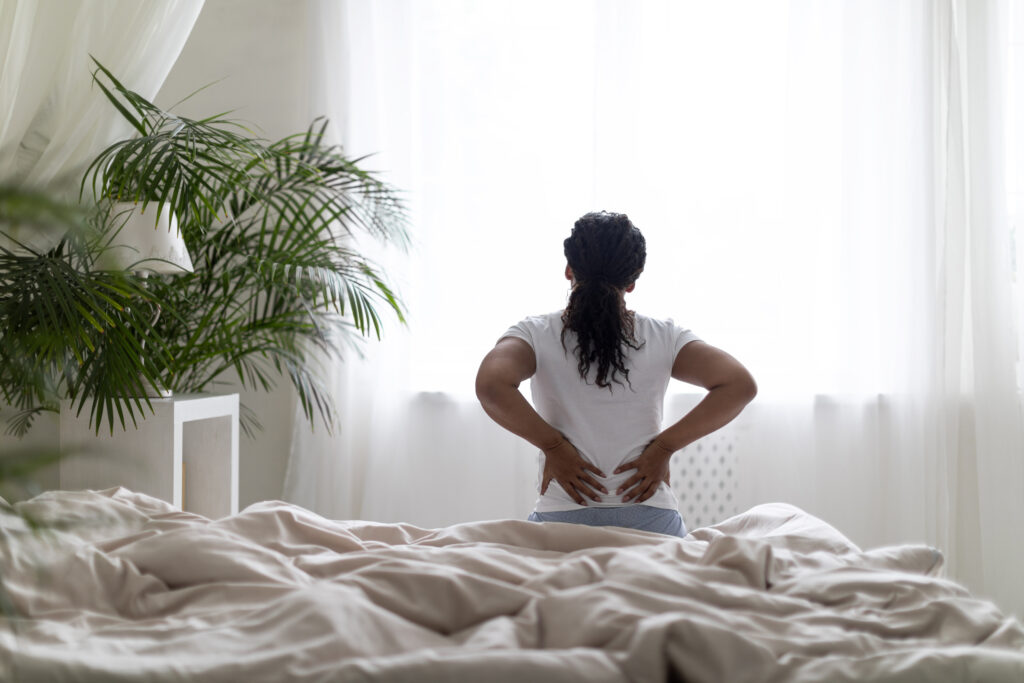
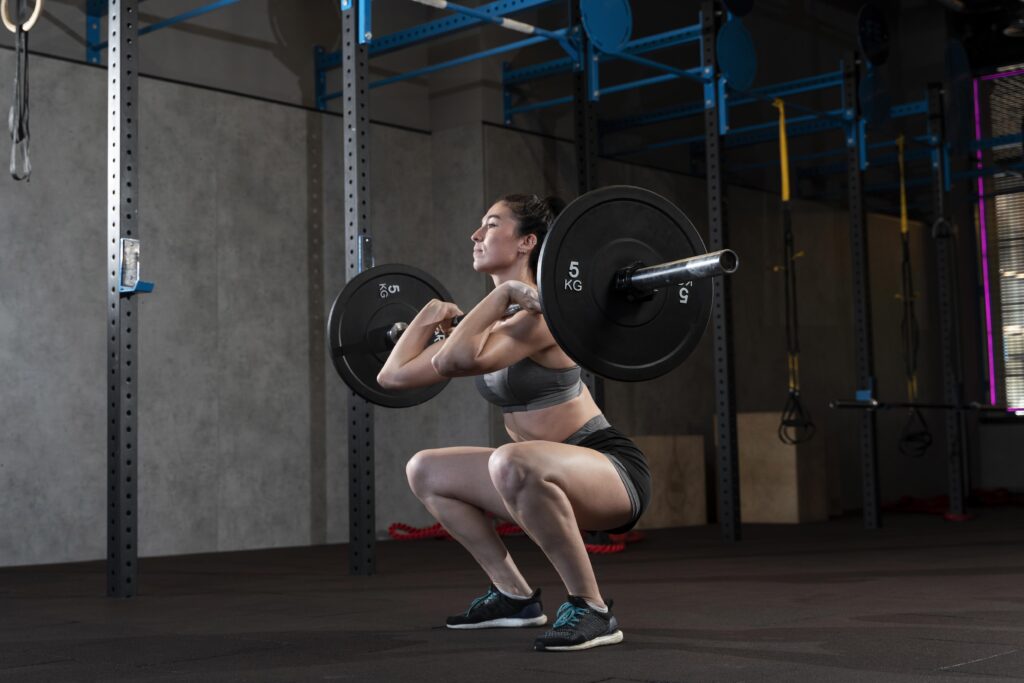
3. Improved flexibility and range of motion:
Regular use of a massage gun can contribute to improved flexibility by relaxing tight muscles and increasing joint range of motion. This is especially advantageous for athletes and fitness enthusiasts aiming to optimize their performance.
4. Prevention of delayed onset muscle soreness (DOMS):
DOMS often occurs 24 to 72 hours after intense exercise. By using a massage gun immediately post-workout. You may mitigate the onset of DOMS, allowing you to stay consistent with your training routine.
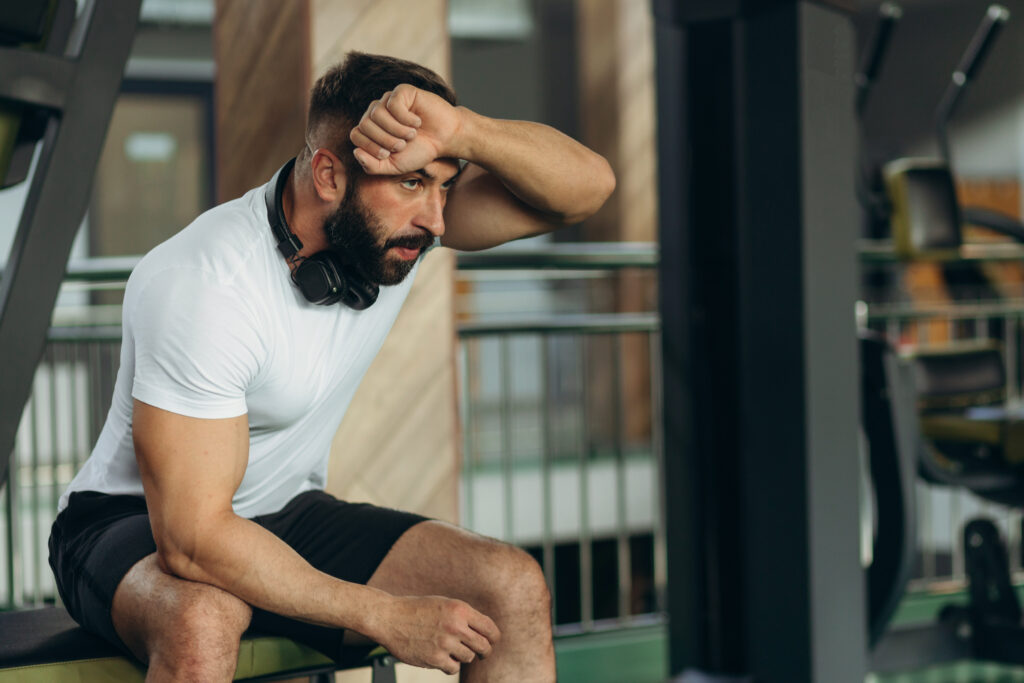
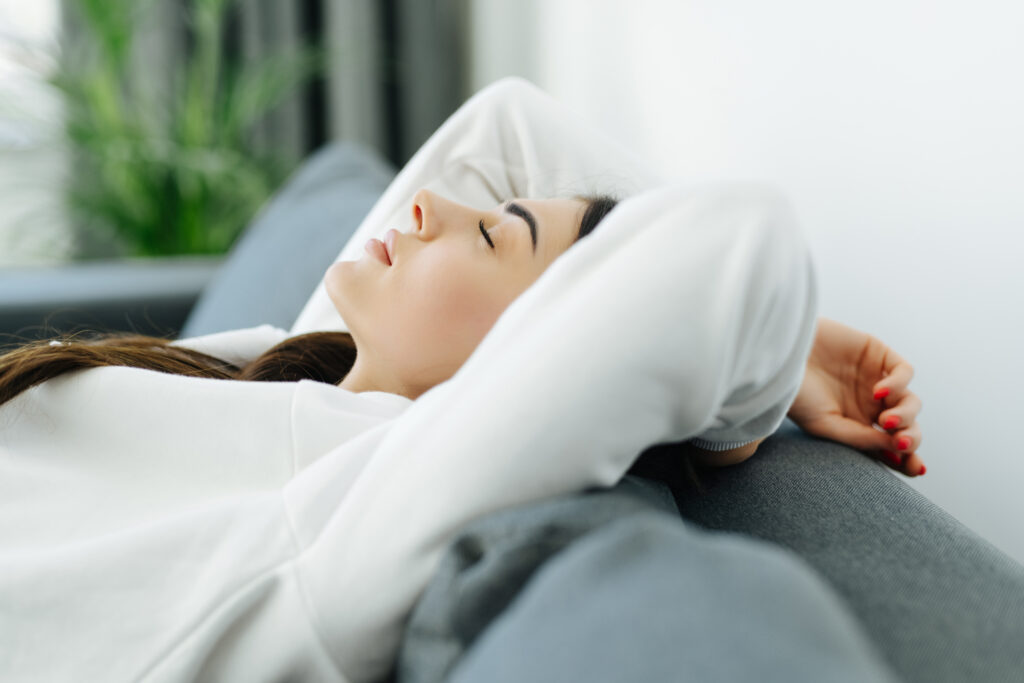
5. Stress relief and relaxation:
Beyond its physical benefits. A massage gun can also promote mental well-being by reducing stress and inducing a state of relaxation. The rhythmic percussive massage can alleviate tension not only in muscles but also in the mind.
Targeting specific muscle groups
One key aspect of effectively using a massage gun is targeting specific muscle groups. Each muscle requires a tailored approach, and understanding your anatomy can guide you in selecting the right attachment and intensity level. Whether you’re focusing on your quads, hamstrings, or shoulders, precision is key to unlocking the full potential of percussive therapy.
Optimal technique for maximum impact
While it may be tempting to simply point and shoot, employing the correct technique is paramount. Begin with a light pressure, gradually increasing as your muscles become accustomed to the percussive therapy. Circular motions, slow strokes, and sustained pressure on trigger points are effective techniques to ensure a comprehensive and beneficial massage experience.
Timing matters: pre-workout and post-workout applications
To harness the full benefits of a massage gun, consider incorporating it into both your pre-workout warm-up and post-workout recovery routines. Prior to exercise, a few minutes with the massage gun can help increase blood flow, warm up muscles, and improve flexibility. Post-workout, it aids in reducing muscle soreness, preventing stiffness, and expediting the recovery process.
Incorporating regular sessions into your routine
Consistency is key when it comes to reaping the rewards of percussive therapy. Incorporating regular massage gun sessions into your wellness routine can lead to cumulative benefits over time. Whether it’s a daily post-workout ritual or a weekly self-care practice, committing to a schedule will contribute to improved muscle recovery and overall well-being.
In the quest for effective muscle recovery, a massage gun emerges as a powerful ally. Its ability to alleviate soreness, accelerate recovery, and promote overall well-being makes it a must-have for athletes, fitness enthusiasts, and anyone seeking relief from the daily grind. By understanding the science behind muscle soreness and incorporating a massage gun into your routine with proper technique and consistency, you can unlock a new level of recovery and performance. Say goodbye to sore muscles and hello to a revitalized, more flexible you!
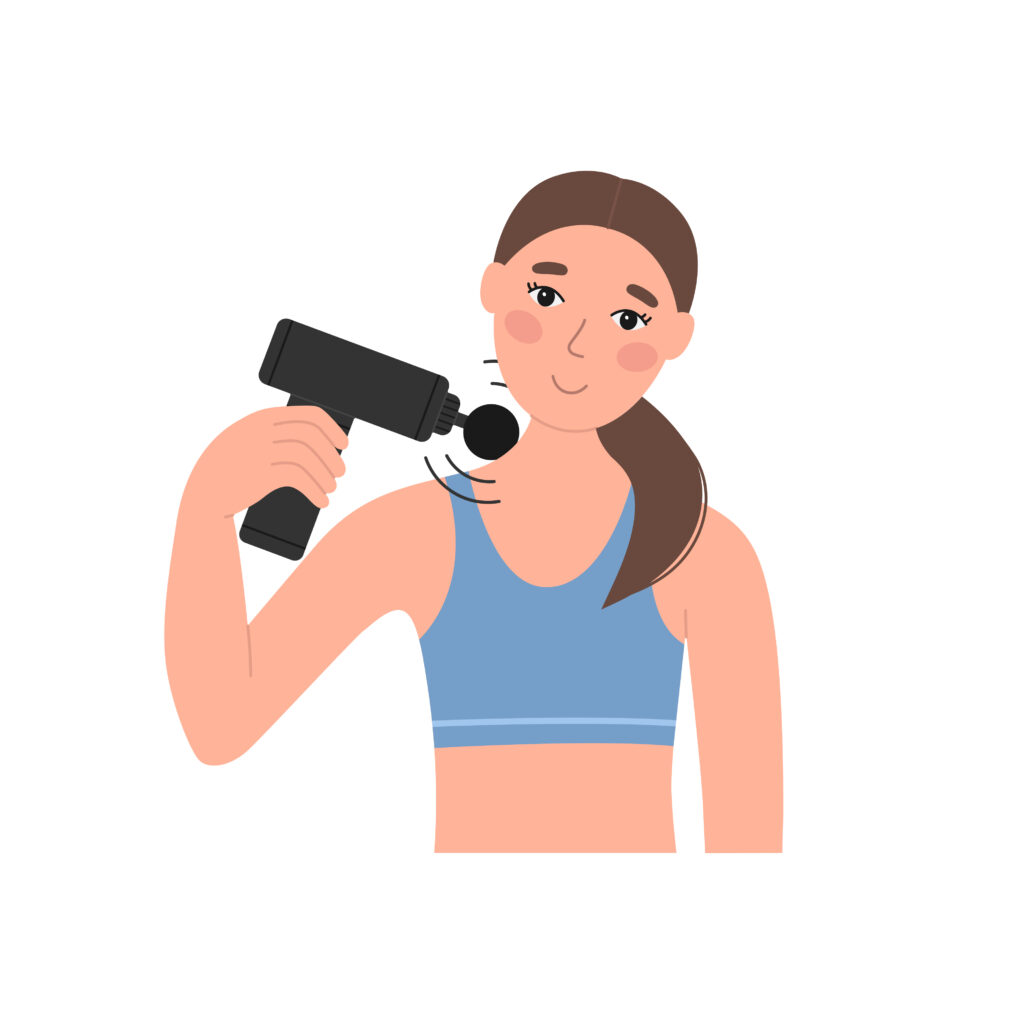
Transform your TV into your personal gym!

Work out with Fit at Home
Fit at Home is your NUMBER ONE fitness app for the whole family! With more than 500 workouts you can work out in front of your TV whenever it suits you. Fit at Home is here to help you achieve your fitness goals. Whether you want to lose weight, improve your balance with Pilates, build strength, keep exercising during your pregnancy etc.
The best spots for a massage gun
Massage guns, also known as percussion massagers or percussive therapy devices, can be used to target various muscle groups and areas of the body. Here are some of the best spots to use a massage gun:
- Neck and shoulders: The neck and shoulder area often holds a lot of tension, especially for those who spend long hours sitting at a desk or working on a computer. Use the massage gun to target the upper trapezius muscles, the base of the skull, and the sides of the neck to relieve stiffness and tension.
- Back: The entire back can benefit from massage gun therapy. Target the lower back, mid-back, and upper back muscles to alleviate tightness and discomfort. Focus on areas that feel particularly tense or sore, such as the erector spinae muscles along the spine.
- Glutes: The gluteal muscles, including the gluteus maximus, medius, and minimus, can become tight and sore, especially for individuals who sit for extended periods or engage in activities like running or cycling. Use the massage gun to target these muscles to improve flexibility and reduce discomfort.
- Quadriceps: The quadriceps muscles, located on the front of the thighs, can become tight from activities like running, cycling, or sitting for long periods. Use the massage gun to target these muscles to improve flexibility, reduce soreness, and enhance recovery.
- Hamstrings: The hamstrings, located on the back of the thighs, are often tight, especially in individuals who participate in activities like running, weightlifting, or sitting for long periods. Use the massage gun to target these muscles to alleviate tightness and improve flexibility.
- Calves: The calf muscles can become tight and sore, particularly for runners and athletes who engage in activities that involve repetitive movements like jumping or sprinting. Use the massage gun to target the calves to reduce tightness, improve circulation, and enhance recovery.
- Feet: The feet are often overlooked but can benefit from massage gun therapy, especially for individuals who spend long hours on their feet or suffer from conditions like plantar fasciitis. Use the massage gun to target the soles of the feet and the Achilles tendon to relieve tension and discomfort.
When using a massage gun, start with a lower intensity setting and gradually increase as needed. Focus on each area for about 30 seconds to 2 minutes, depending on your preferences and the level of soreness or tension. Always listen to your body and adjust the pressure and duration accordingly.